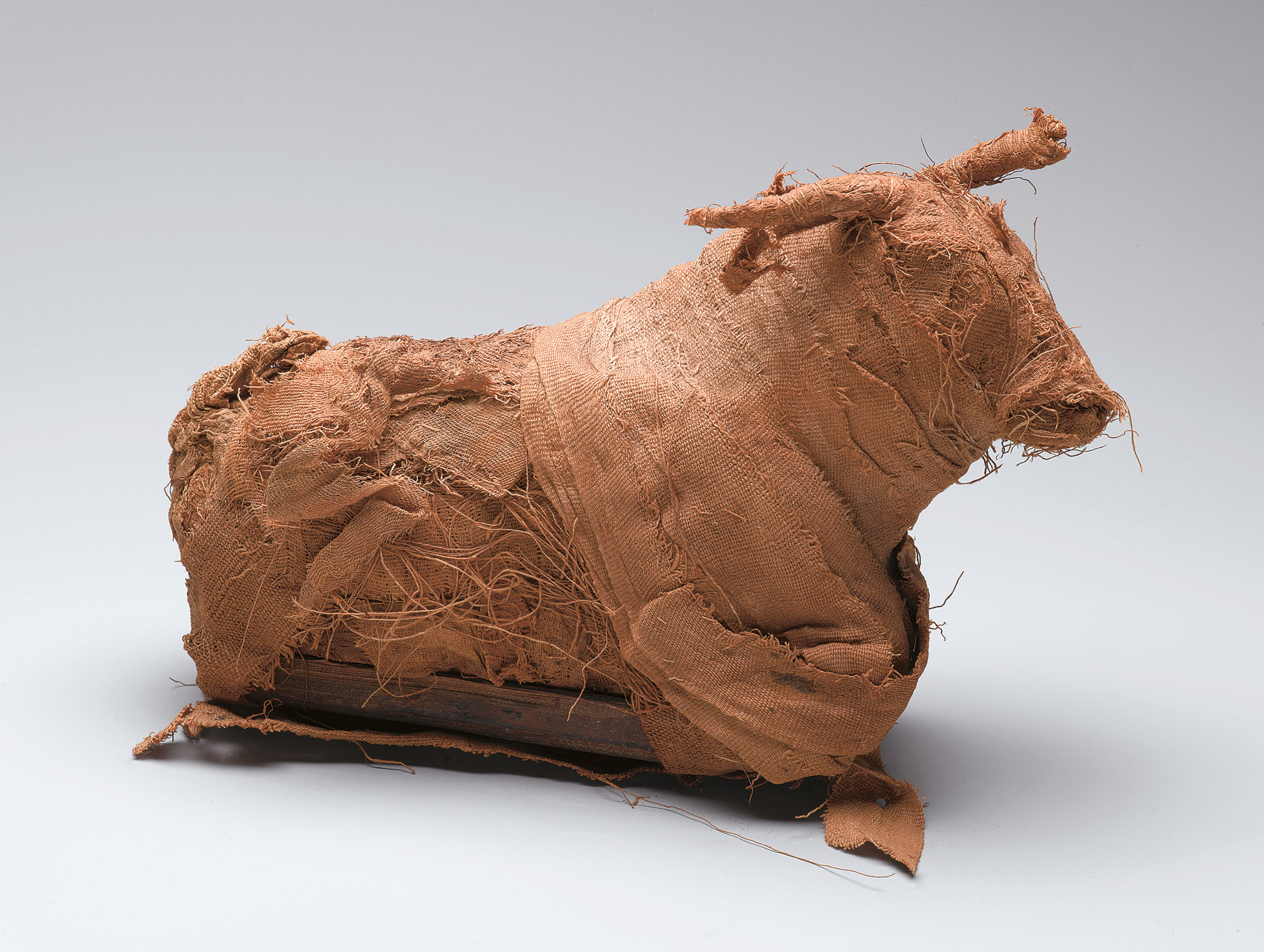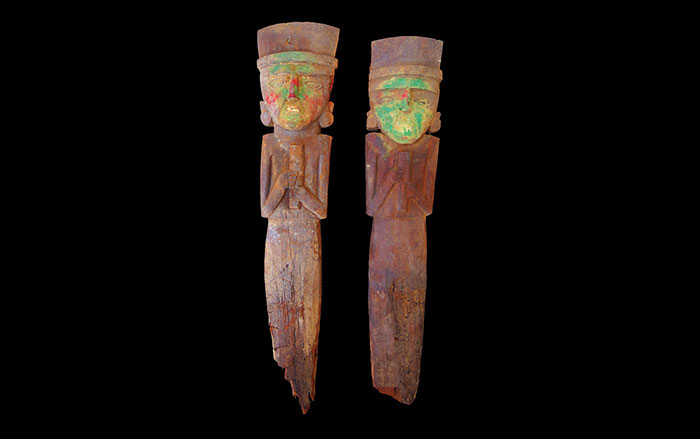TORONTO, ONTARIO—Archaeologist Bradly T. Lepper has written about the research of Susan Pfeiffer of the University of Toronto in his column for the Columbus Dispatch. Pfeiffer and her team worked with First Nations descendant communities to study DNA and isotopes from the teeth of 53 “archaeologically discovered ancestors,” who lived between the thirteenth and sixteenth centuries. The results indicate that the people ate mostly maize and fish, but the consumption of fish declined as their villages grew larger. The researchers also found genetic mutations that may connect some of the ancient villagers to modern tribes. “The Middle and Late Woodland periods were times of population movement, mixing, and diversification in the lower Great Lakes,” Pfeiffers’ team concluded.
Teeth Reflect Changes in the Late Woodland Period
News April 8, 2014
Recommended Articles
Off the Grid January/February 2026
Prophetstown, Indiana

Letter from France January/February 2026
Neolithic Cultural Revolution
How farmers came together to build Europe’s most grandiose funerary monuments some 7,000 years ago

Features January/February 2026
The Cost of Doing Business
Piecing together the Roman empire’s longest known inscription—a peculiarly precise inventory of prices

Features January/February 2026
The Birds of Amarna
An Egyptian princess seeks sanctuary in her private palace

-
Features March/April 2014
All Hands on Deck
Inviting the world to explore a shipwreck deep in the Gulf of Mexico
 (Courtesy NOAA)
(Courtesy NOAA) -
Features March/April 2014
Messengers to the Gods
During a turbulent period in ancient Egypt, common people turned to animal mummies to petition the gods, inspiring the rise of a massive religious industry
 Courtesy The Brooklyn Museum
Courtesy The Brooklyn Museum -
Letter From Borneo March/April 2014
The Landscape of Memory
ARCHAEOLOGY, oral history, and culture deep in the Malaysian jungle
 (Jerry Redfern)
(Jerry Redfern) -
Artifacts March/April 2014
Chimú-Inca Funerary Idols
 (Matthew Helmer)
(Matthew Helmer)


